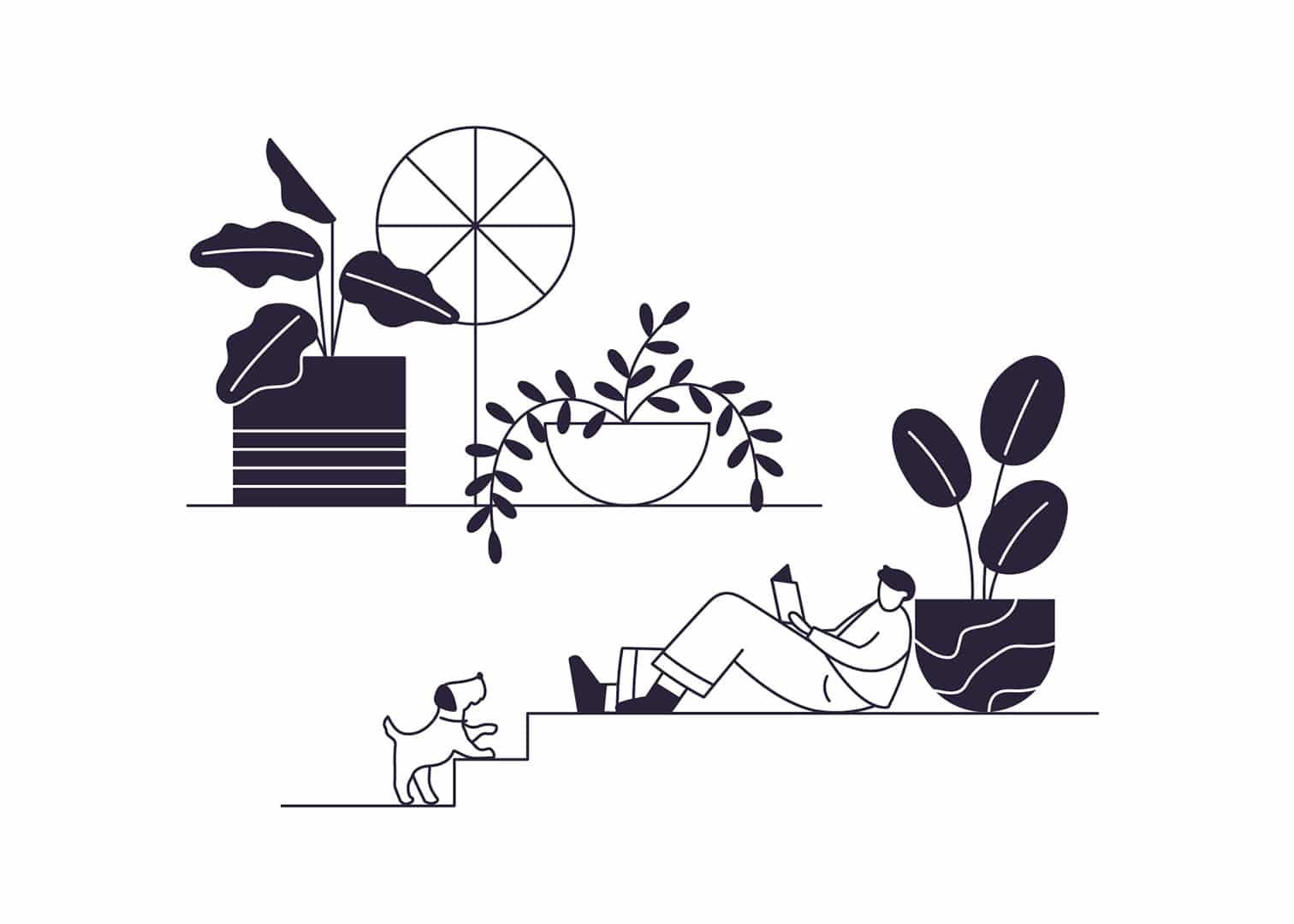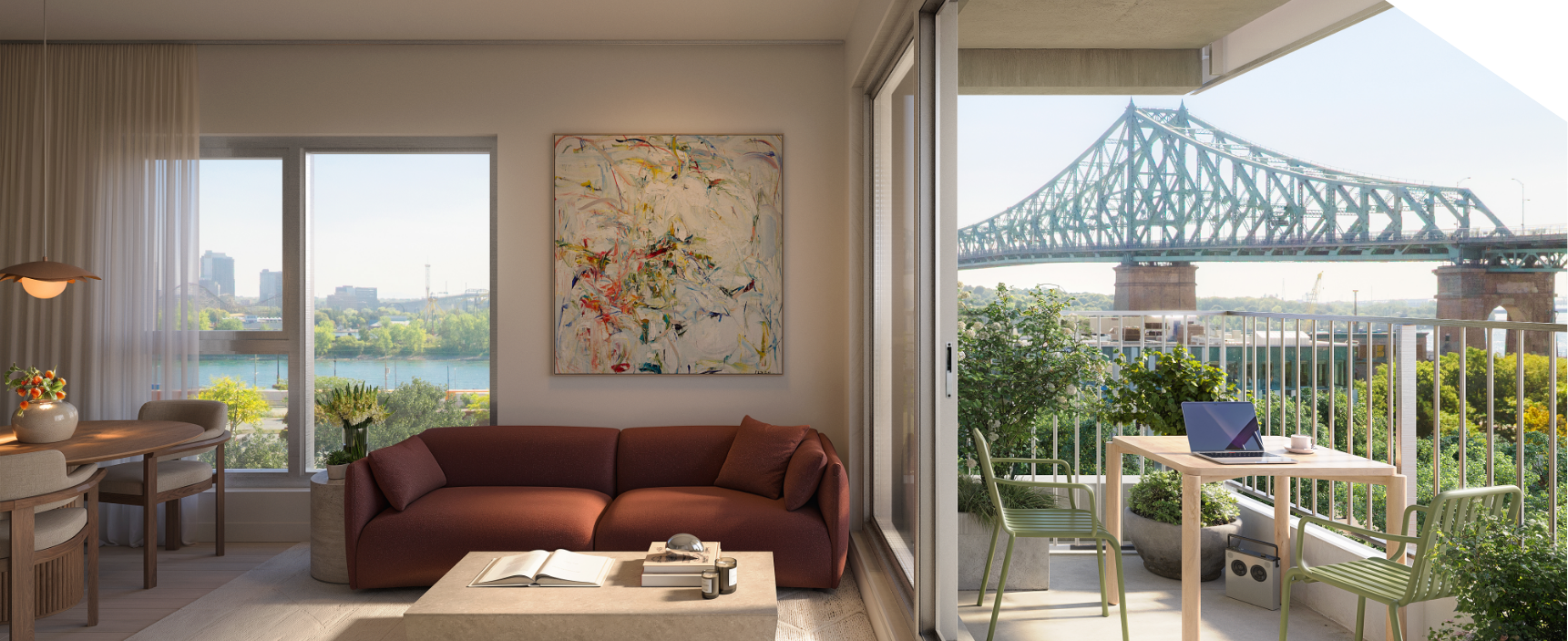Esplanade Cartier aims for LEED® Certification



Every building that applies for LEED® (Leadership in Energy and Environmental Design) certification is subject to a strict checklist. Depending on the number of points earned, the building can be certified or earn a superior rating of Silver, Gold, or Platinum.
LEED® certification attests that a building has been designed and built using methods that improve the health and well-being of its inhabitants as well as surrounding communities. It also affirms that the structure helps to protect natural resources and limits its impact on the environment.
Some of what the certification process evaluates includes location, transportation, sustainability, water efficiency, material and resource choice, energy and atmosphere, and indoor environmental quality.
How does a building earn LEED® v4 certification? By implementing innovative techniques that limits its impact on the environment while promoting energy efficiency—all for the benefit of residents, the community, and the environment.
Living in a LEED® certified building enables residents to save on energy costs, enjoy superior comfort, and benefit from superior sustainability—all of which translates into a higher resale value.
Over and above the checklist requirements for LEED® certification, Esplanade Cartier sought to earn additional points in order to obtain a superior rating. Some of the project’s solutions include: